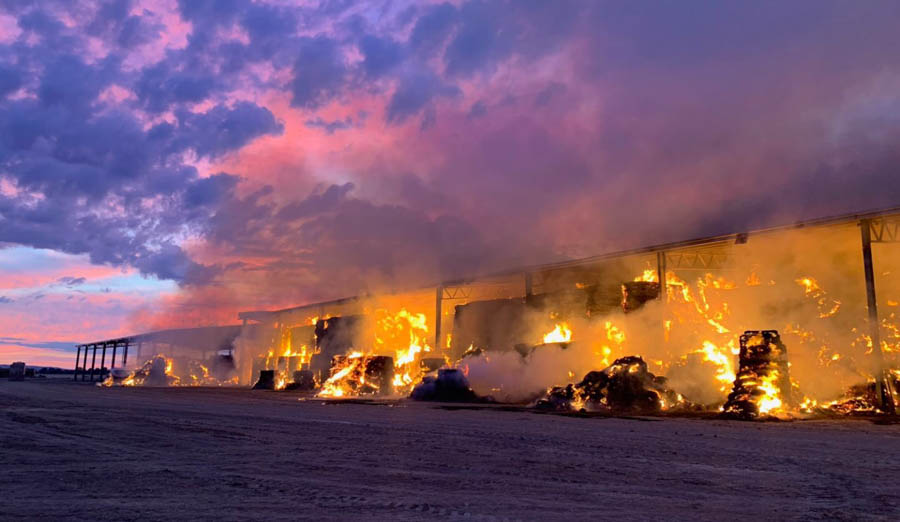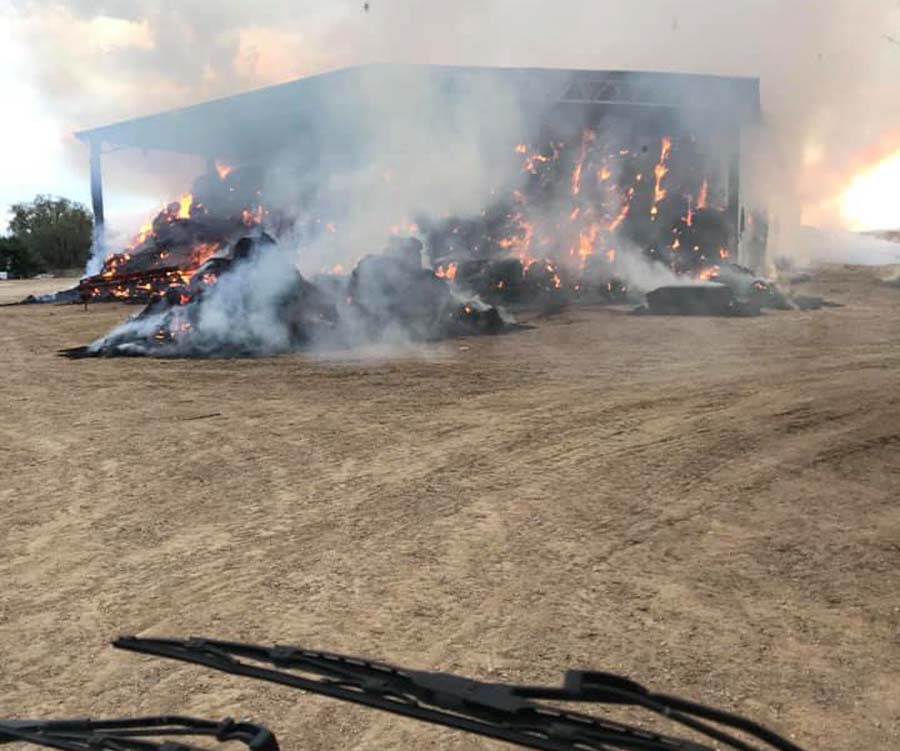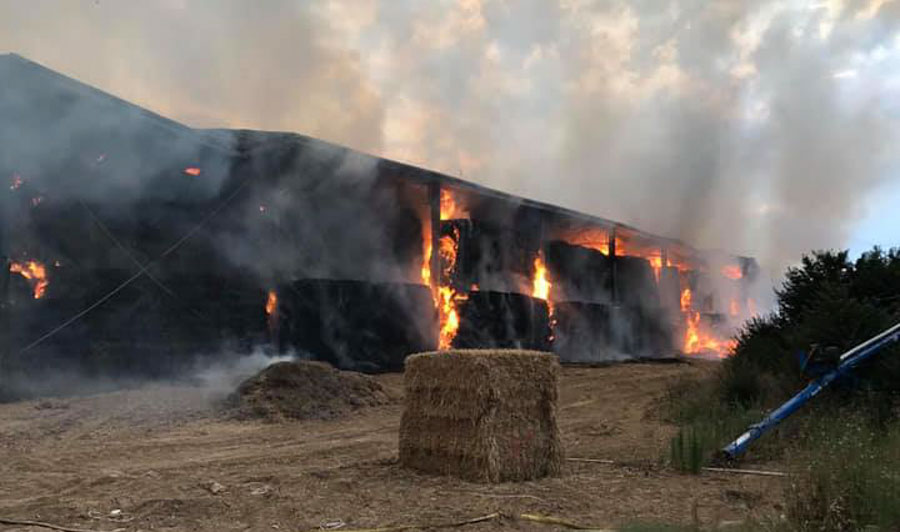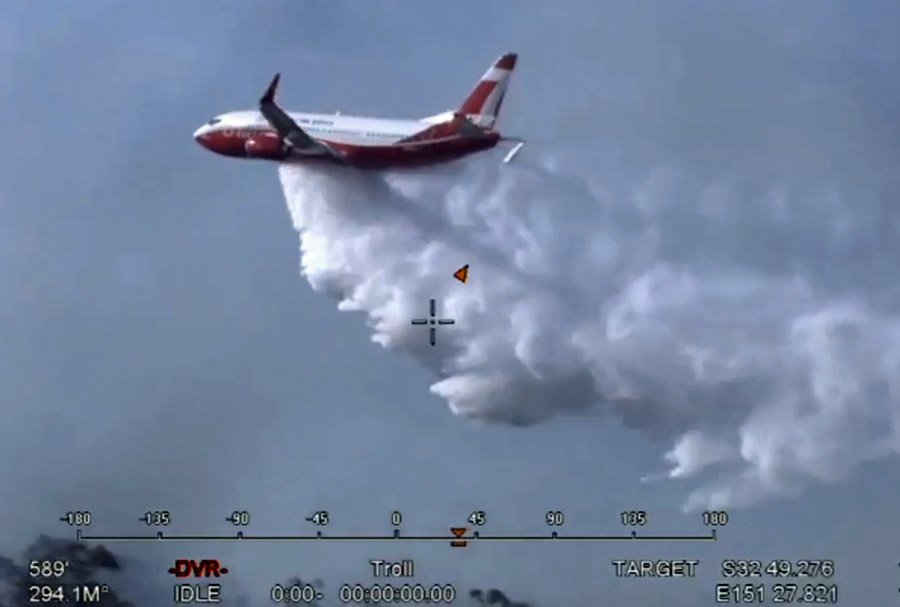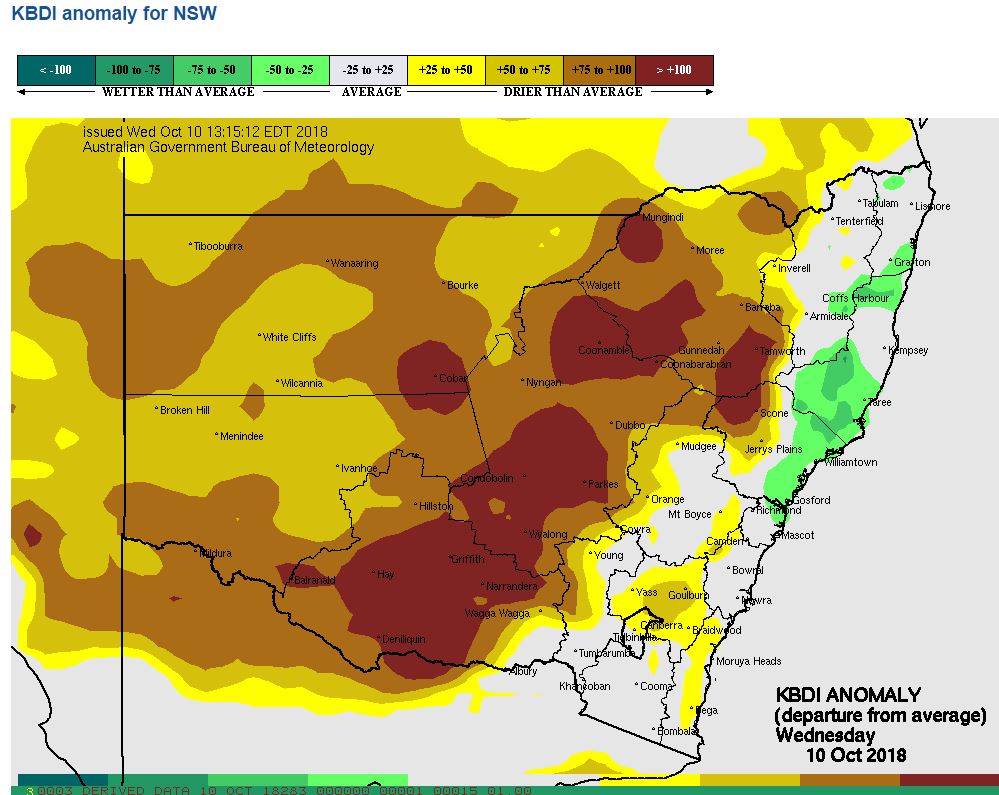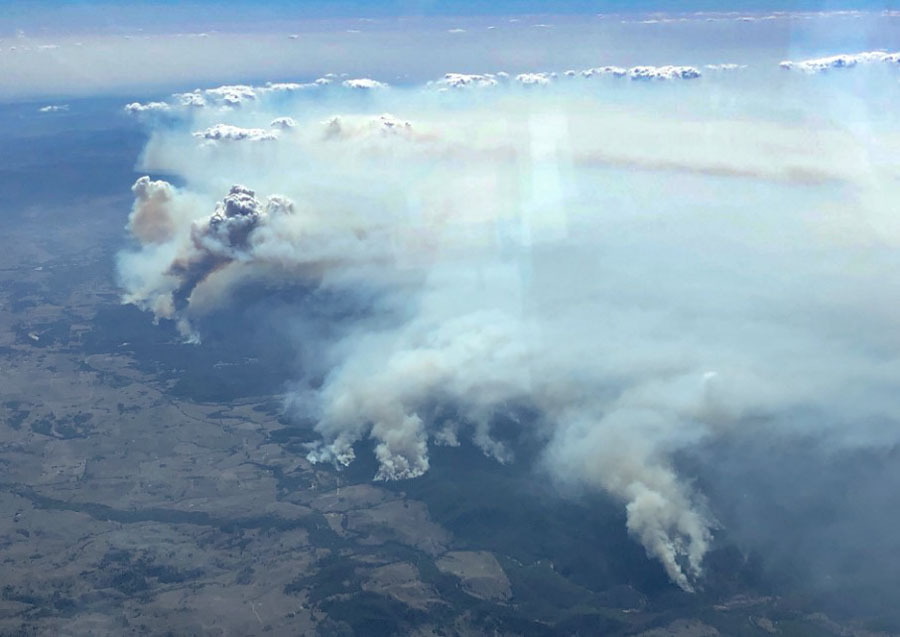
A very large bushfire has burned at least 43,800ha (108,232 acres) in Queensland and New South Wales in Australia. Smoke from the fire is affecting Wallangarra, Tenterfield, Stanthorpe, and Jennings.
At 8:55 a.m. local time on February 19 the New South Wales Rural Fire Service reported that the fire continues to burn west of the Bruxner Highway in the Girraween, Bald Rock, Boonoo areas.
Most activity overnight was on the southwest side of the fire near Sunnyside, on the northwestern side of the fire in Girraween National Park (Queensland), north of Wallangarra, and on the southeast side near the Bruxner Highway.
During the night crews conducted backburning operations which increased the fire activity and the production of smoke. This smoke is likely to settle around the areas of Tenterfield, Jennings, Wallangarra and Stanthorpe (QLD), but will begin to clear late Tuesday morning.
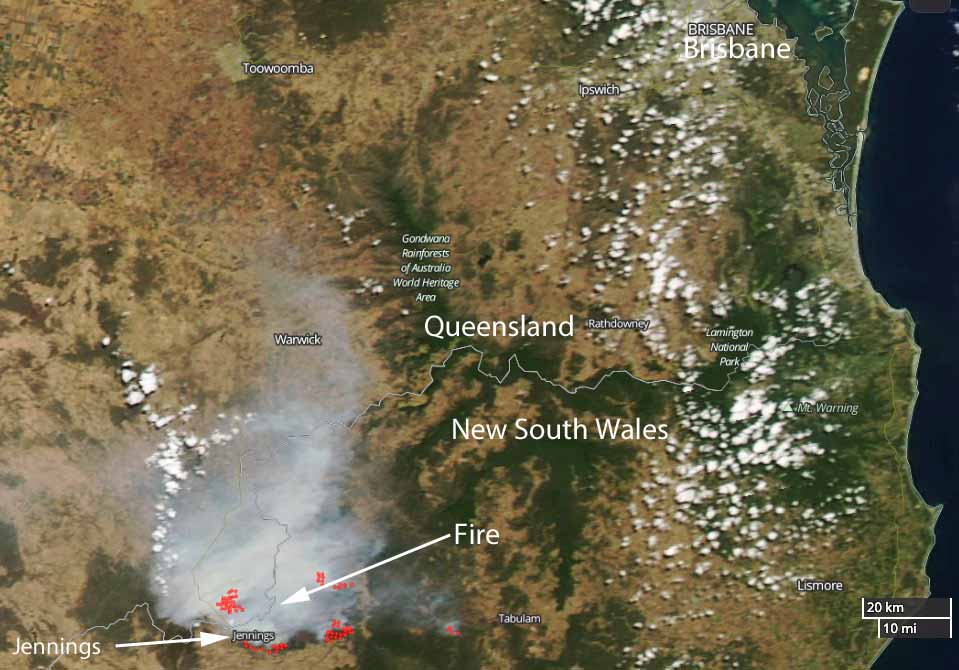
Firefighters are currently undertaking backburning on the Wallangarra fireground. These burns will extend onto the Bruxner Hwy this afternoon. As a result the Highway will be closed between #Tenterfield and #Tabulam from 5pm. #NSWRFS pic.twitter.com/iI7FRHcyDA
— NSW RFS (@NSWRFS) February 18, 2019


